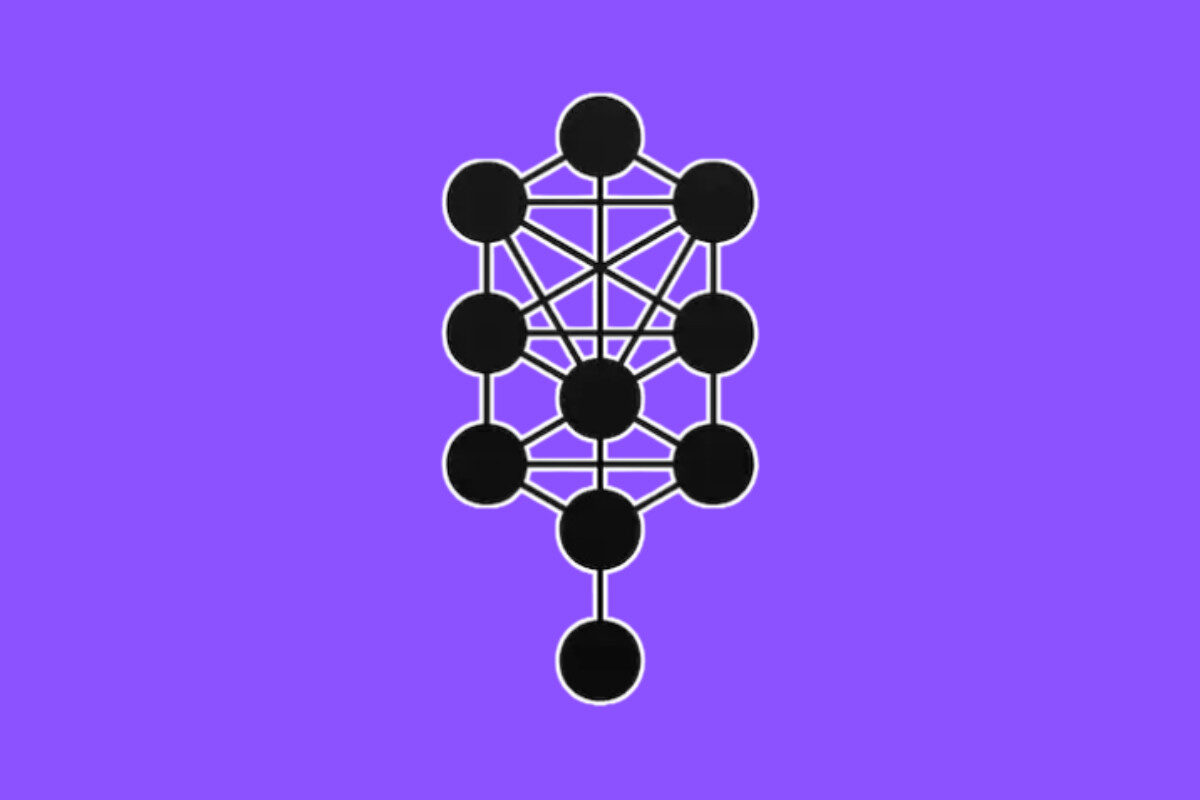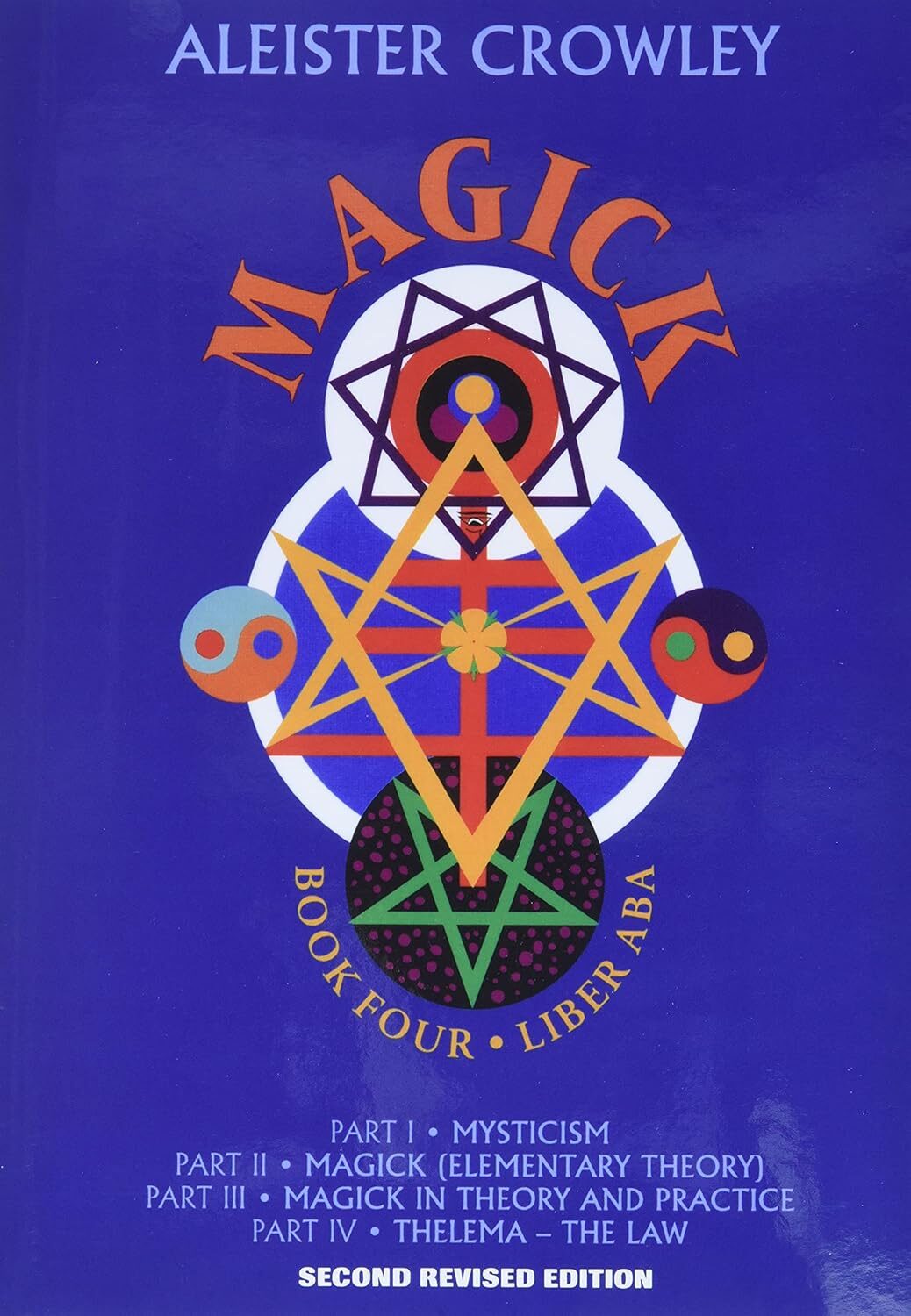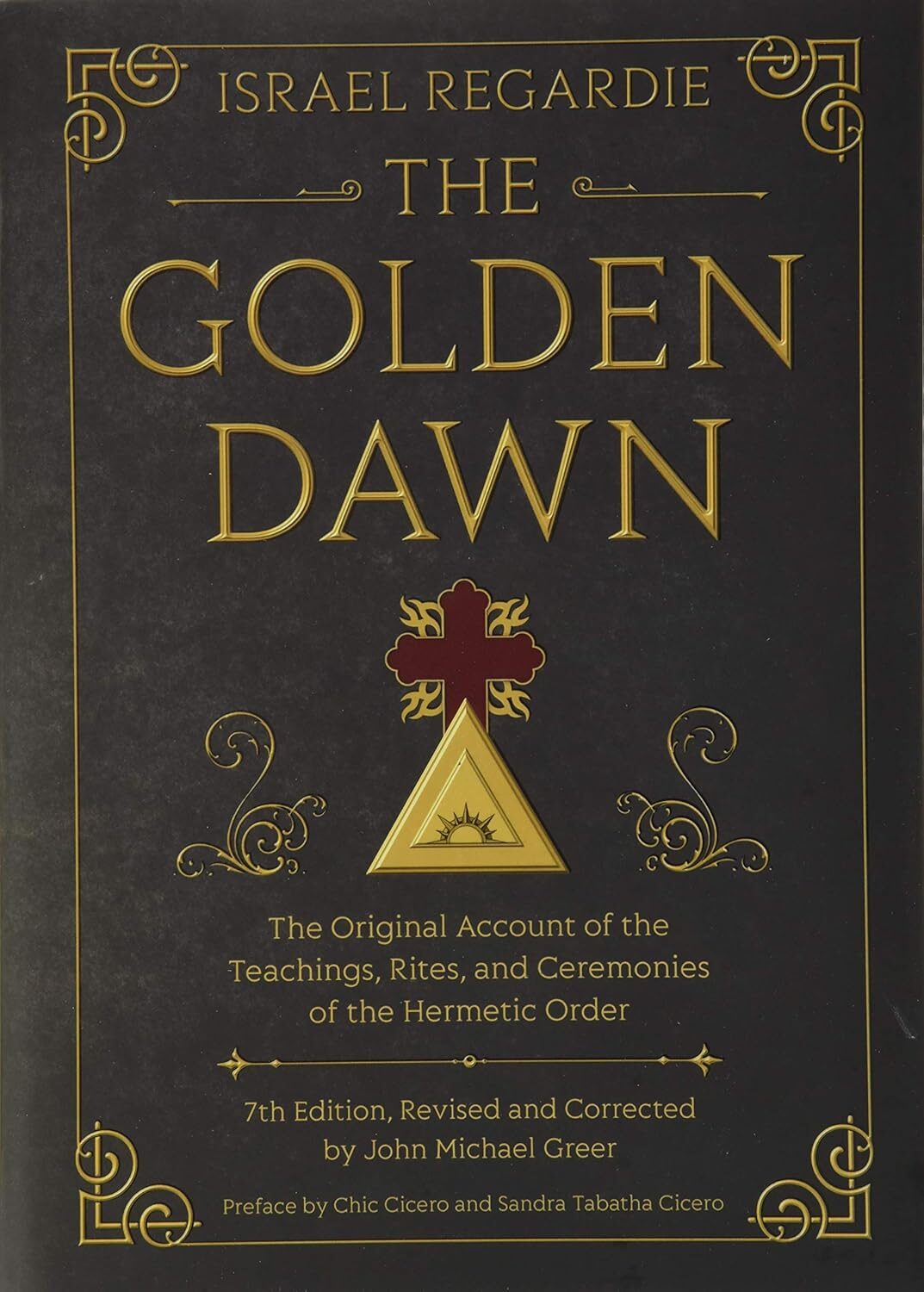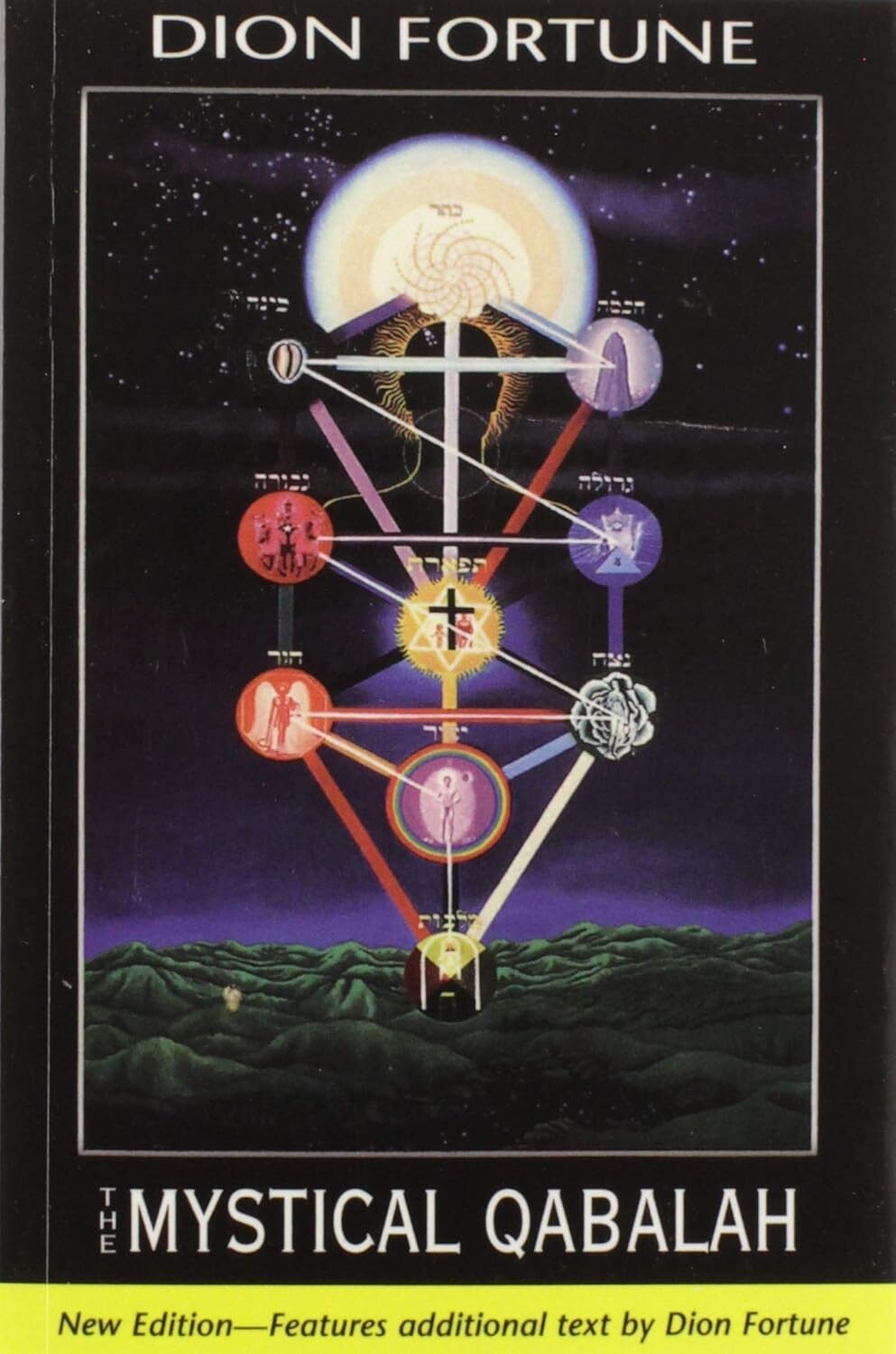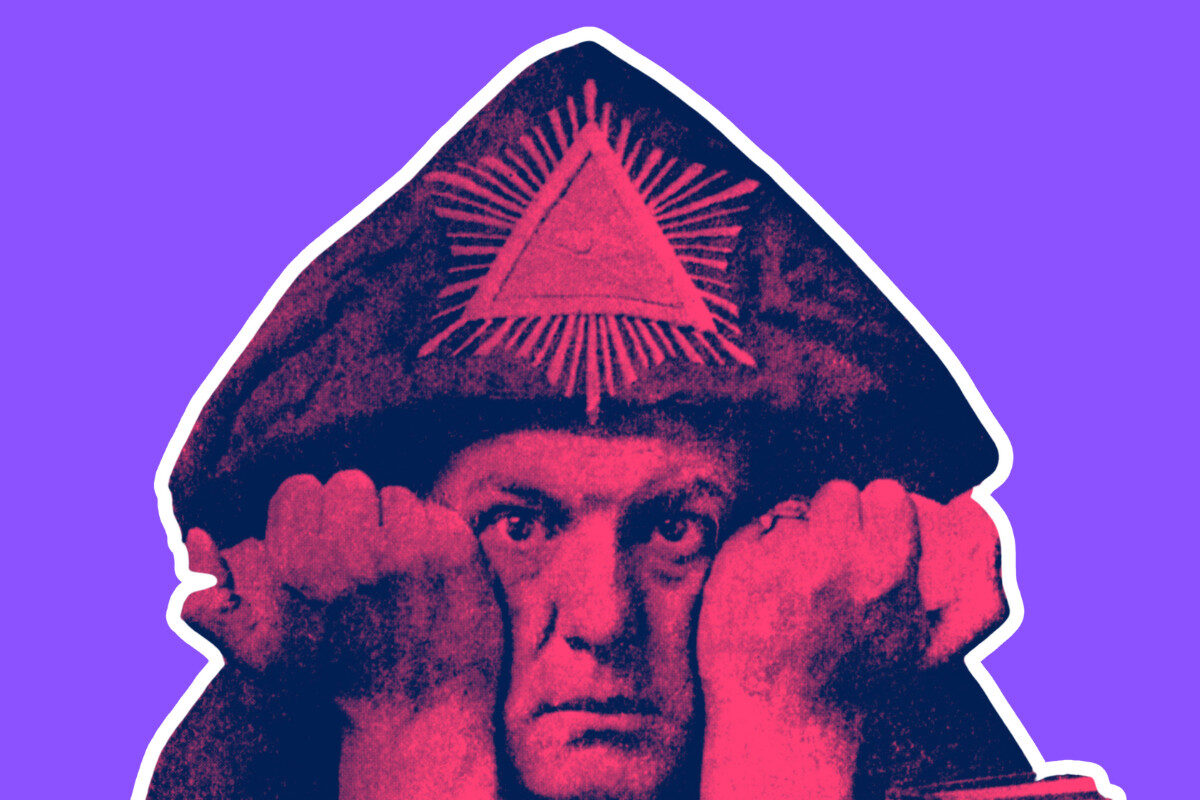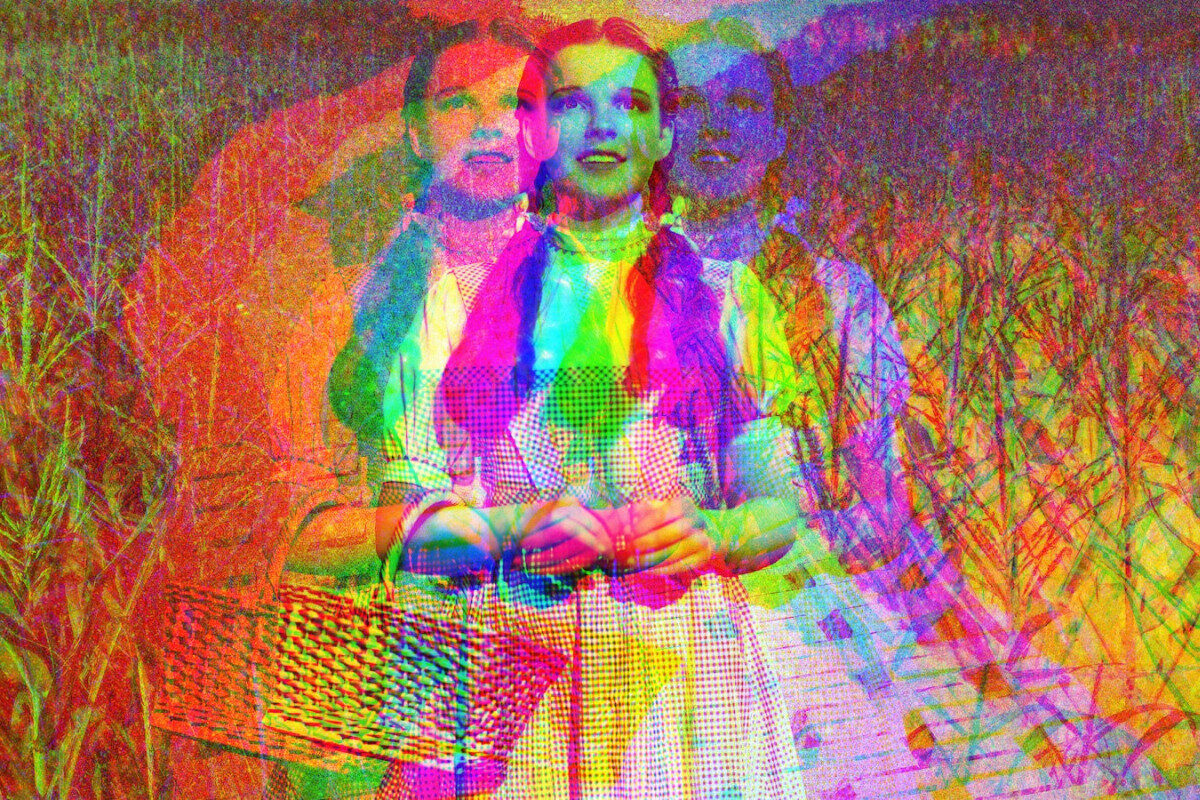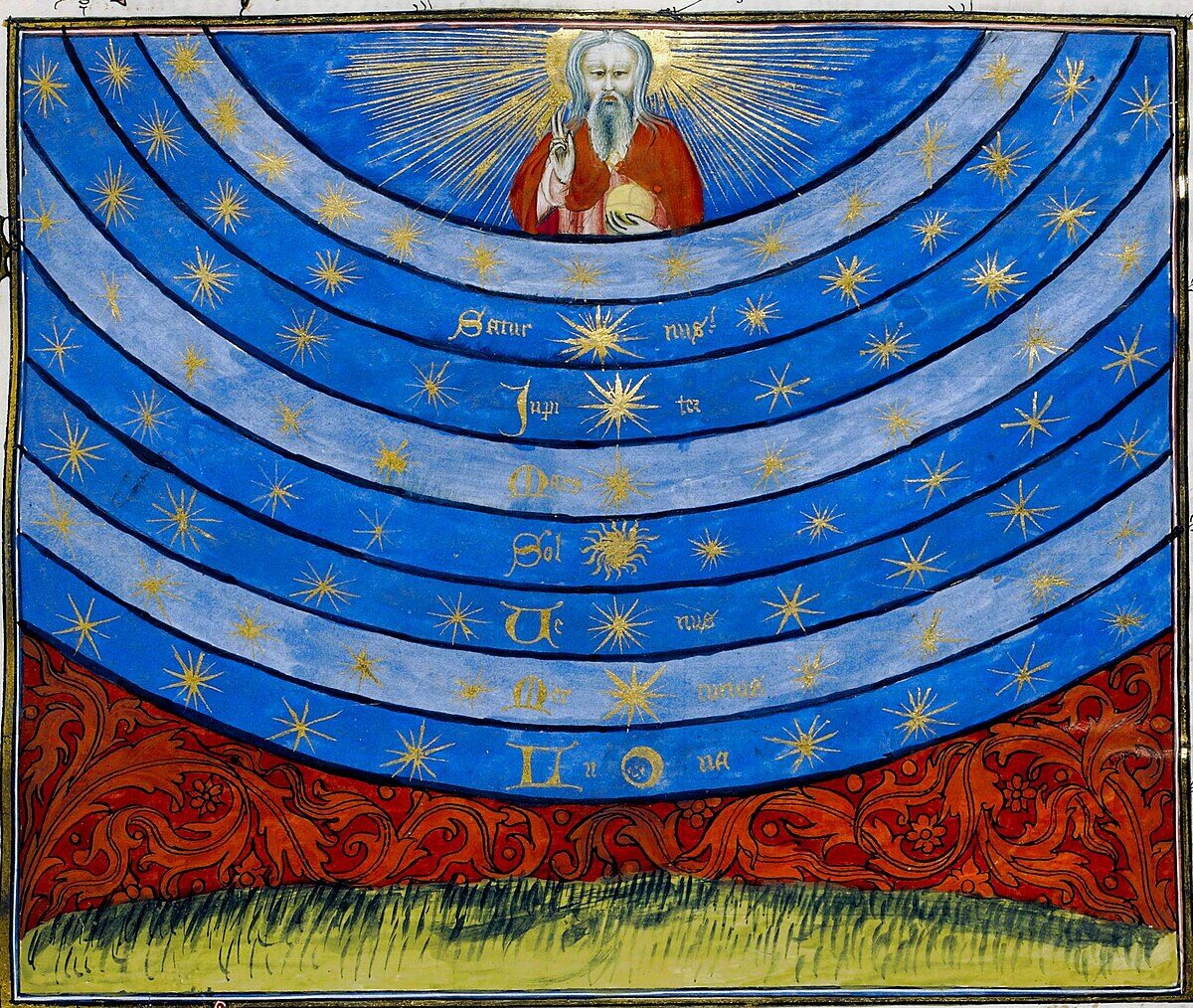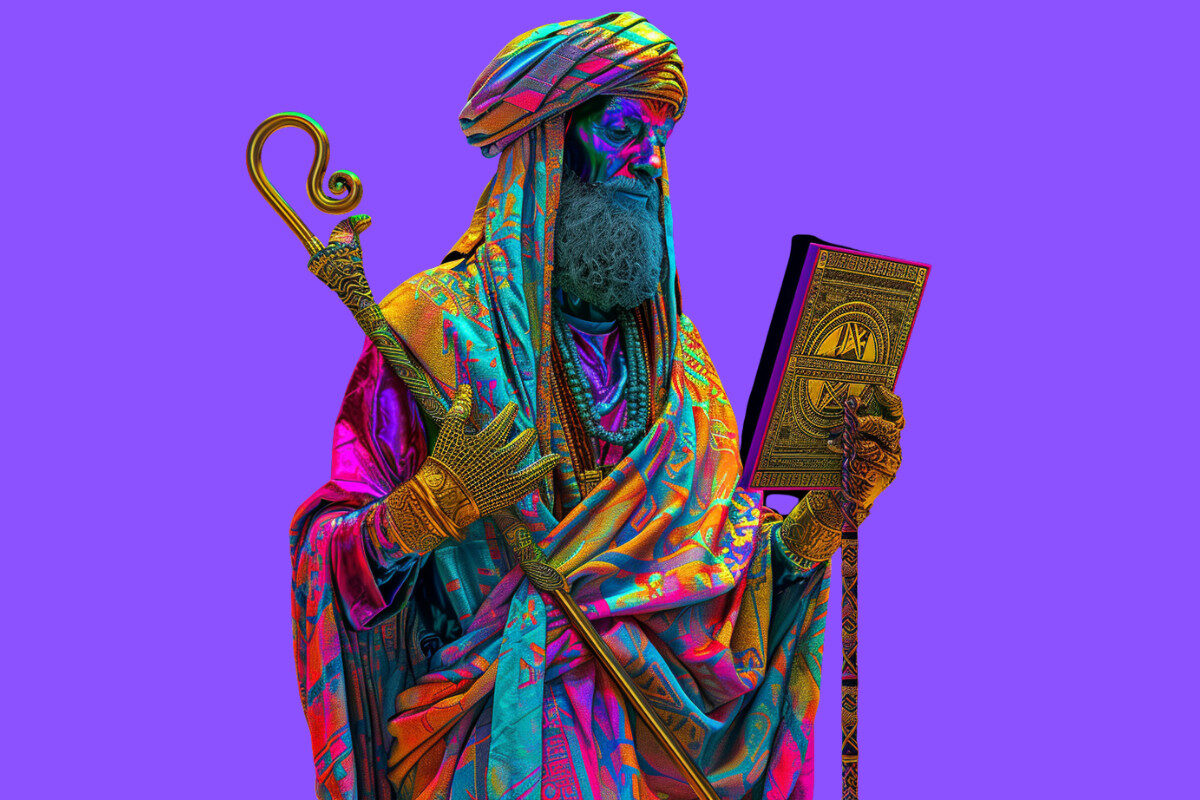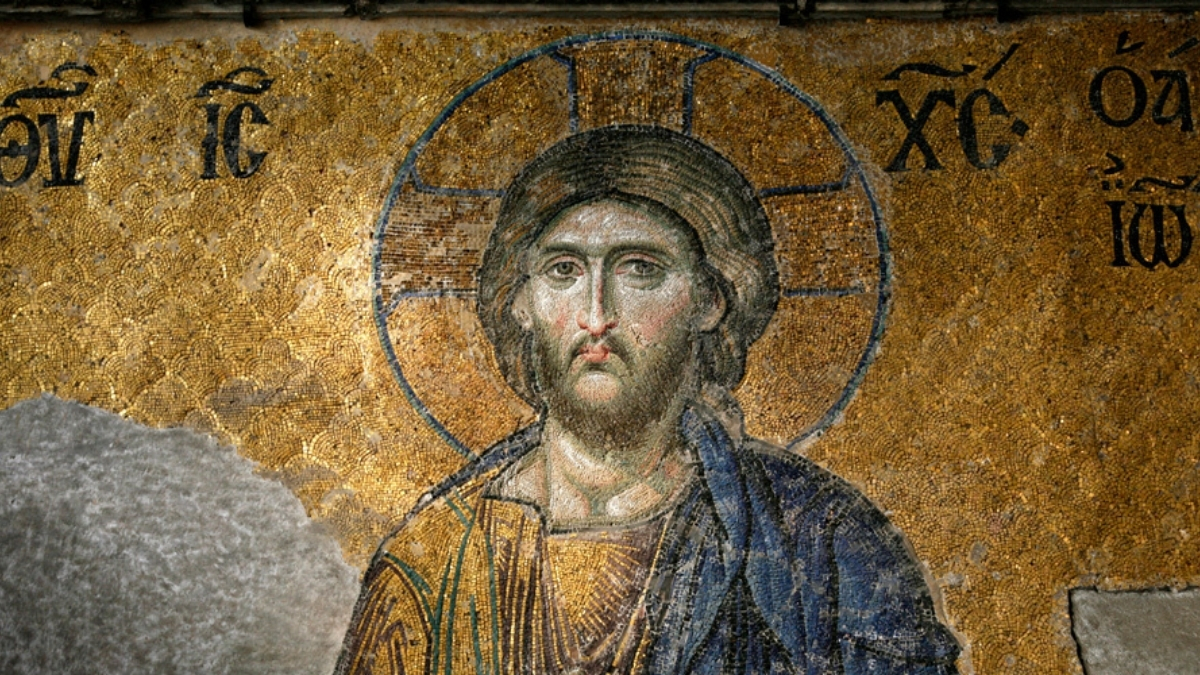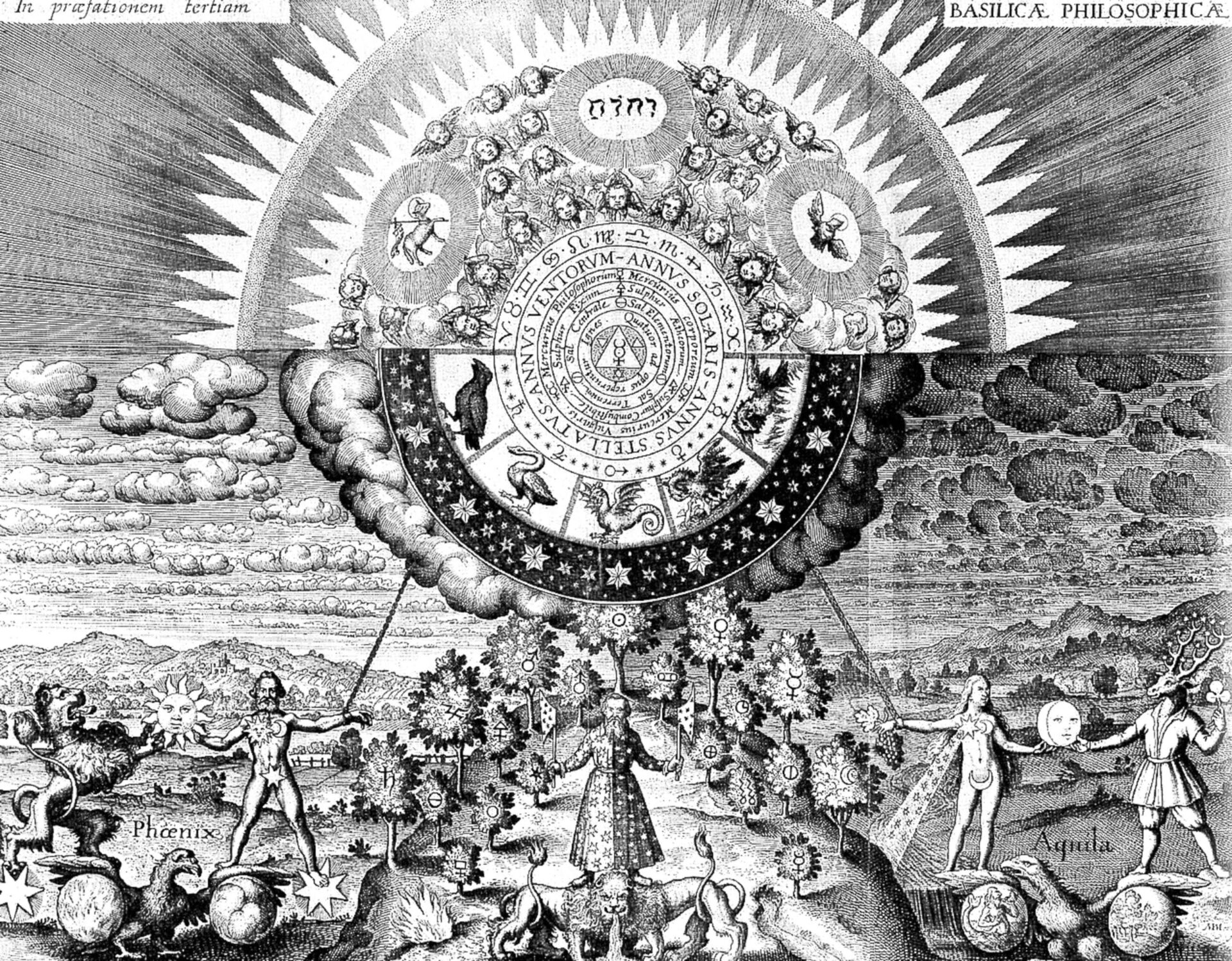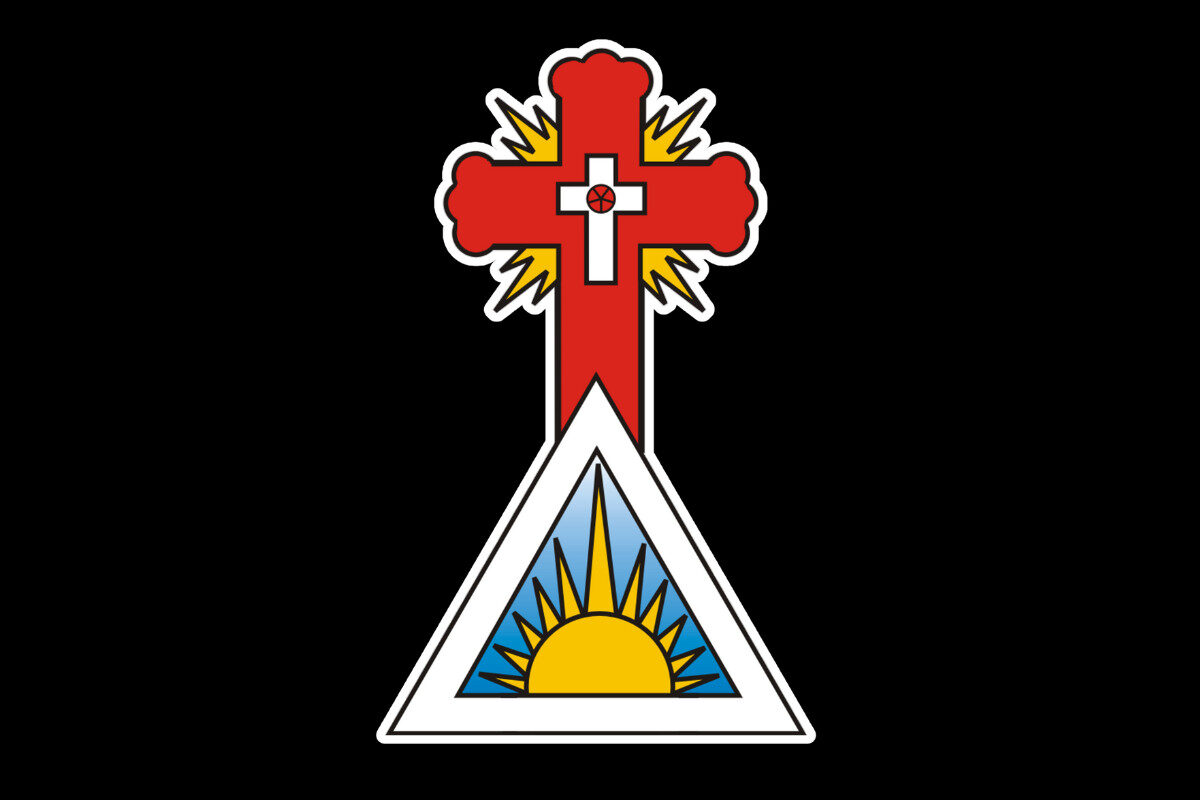Hermetic Qabalah is one of the central systems of modern Western occultism. It weaves together Jewish Kabbalah, Hermetic philosophy, Neoplatonism, alchemy, astrology, and even Eastern influences into a unified map of spiritual transformation. At its heart lies the Tree of Life, a symbolic diagram of ten spheres (Sephiroth) and twenty-two connecting paths that represent the architecture of both the cosmos and the human soul.
Unlike purely academic or religious study of Jewish Kabbalah, Hermetic Qabalah is practical and experiential. It is not only a theology but also a toolkit, a living symbolic language used in ritual, meditation, and magic to transform consciousness and guide seekers toward union with the divine.
What Is Hermetic Qabalah?
Hermetic Qabalah identifies the universe as a web of interconnected archetypes and energies. The Tree of Life is its central symbol, illustrating how infinite divine unity (known as Ein Sof) emanates into the material world.
Practitioners view the Tree as both:
- A map of the cosmos — showing how divine energy descends into creation.
- A map of the psyche — a mirror of the human soul’s structure and stages of growth.
Each Sephirah represents a divine principle (such as Wisdom, Beauty, or Strength) as well as psychological states and mystical experiences.
The twenty-two connecting paths correspond to the letters of the Hebrew alphabet and the Major Arcana of the Tarot, offering a bridge between philosophy, mysticism, and divination.
The Unwritten Qabalah: Fortune & Crowley

Hermetic Qabalah is often divided into four aspects:
- Dogmatic Qabalah: Written texts and doctrines.
- Literal Qabalah: Numerical and linguistic analysis (e.g., gematria).
- Practical Qabalah: Magical applications and rituals.
Both Dion Fortune and Aleister Crowley placed strong emphasis on the unwritten aspect of Hermetic Qabalah—the living, experiential knowledge that comes not from books but from direct practice and inner revelation.
This was not a new idea; it had already been championed by Samuel Liddell MacGregor Mathers, one of the founders of the Hermetic Order of the Golden Dawn.
Mathers, a brilliant translator of the Kabbalah Denudata and medieval grimoires, believed that the Tree of Life was not simply a diagram to be studied but a key to magical initiation. In the Golden Dawn, he systematized the oral transmission of Qabalistic knowledge through carefully staged rituals and initiatory grades.
For Mathers, the “unwritten Qabalah” was the secret heart of the tradition: the way symbols were embodied in ritual drama, how the aspirant’s psyche was reshaped through ceremony, and how the Tree of Life became a lived spiritual reality.

Building on this foundation, Dion Fortune, in The Mystical Qabalah (1935), brought the system into the 20th century by framing the Tree of Life as a psychological and spiritual training ground. She argued that each Sephirah represented not only a divine emanation but also a level of human consciousness.
The purpose of Qabalistic work, for Fortune, was to integrate these levels—balancing mercy and severity, spirit and matter, intellect and intuition—until the individual attained wholeness and illumination. Her approach made Qabalah deeply practical, offering students a roadmap for both mystical union and psychological healing.
Crowley, ever more radical, carried this even further. Through his publications like 777 and The Equinox, he exposed much of what had previously been secret within the Golden Dawn tradition.
For him, the Tree of Life was not simply an intellectual schema but a map of initiation, a chart of the Great Work itself. Each Sephiroh and path represented a stage of inner transformation, a step toward the ultimate goal: discovering and fulfilling one’s True Will.
Crowley’s interpretation turned Hermetic Qabalah into a vehicle of Thelema, making it the backbone of his magical system and the spiritual law of the new Aeon.
In this way, Mathers, Fortune, and Crowley represent three pivotal stages in the modern unfolding of Hermetic Qabalah:
- Mathers as the architect of ritual Qabalah in the Golden Dawn.
- Fortune as the psychological interpreter, grounding the Tree of Life in balance and inner development.
- Crowley as the initiatory revolutionary, turning the Tree into a map of liberation and True Will.
Together, they shaped how Qabalah is understood in Western occultism today: not as dry theory, but as a living, initiatory current that transforms both the psyche and the soul.
Core Principles of Hermetic Qabalah
The core principles of Hermetic Qabalah, Emanation, Correspondence, and Balance, are not just abstract doctrines but practical tools for transformation.
- Emanation aligns the practitioner with the flow of divine energy.
- Correspondence gives the magician a symbolic grammar for ritual and meditation.
- Balance guides the inner work of harmonizing opposites and achieving wholeness.
Together, they provide both a c
Emanation and Unity
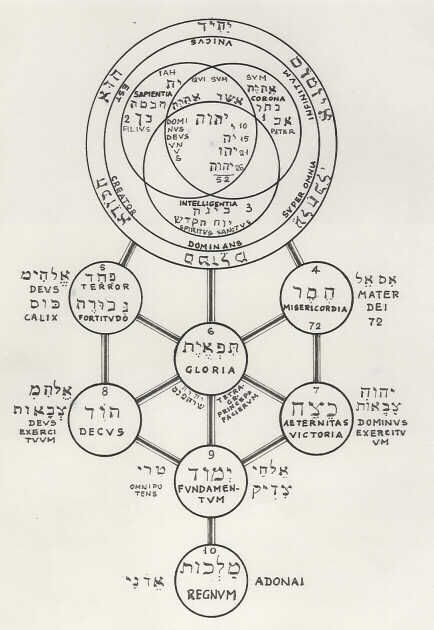
At the heart of Hermetic Qabalah lies the teaching of emanation: all of reality unfolds from the ineffable divine source, moving through successive stages of manifestation.
The highest state is Ain (Nothing), which unfolds into Ain Soph (Limitlessness), and then into Ain Soph Aur (Limitless Light). From this brilliance descends the Tree of Life—ten Sephiroth arranged in a pattern of unity and multiplicity.
For the practitioner, this is not merely abstract theology but a map of inner and outer reality. To meditate on the descent of light through the Tree is to train the mind to perceive how spirit expresses itself as matter, and how matter can be refined back into spirit.
This principle underlies daily magical practice, such as the Middle Pillar Ritual, where the magician visualizes divine light descending through the body, aligning personal consciousness with cosmic emanation.
In practical terms, Emanation teaches that everything is connected to the divine. When a Qabalist invokes planetary energy or contemplates an archetype, they are not “borrowing” from something foreign—they are reawakening the divine spark within themselves.
Correspondences and Symbolism
Hermetic Qabalah is often described as a language of symbols. Each Sephirah is not only a stage of divine emanation but also a nexus of correspondences: planets, elements, colors, Hebrew letters, Tarot cards, mythological figures, and angelic intelligences.
For example, Hod resonates with Mercury, the god Thoth, the Tarot Eights, and the archangel Michael. To meditate on Hod is to attune oneself to intellect, communication, and magical precision.
These correspondences are not arbitrary; they are keys for magical work. By learning them, practitioners can design rituals, talismans, or pathworkings that resonate with the desired spiritual force.
For instance, a magician seeking clarity of thought may invoke Mercury through the symbols of Hod: lighting orange candles, chanting divine names associated with Hod, and visualizing the Sephirah’s radiant sphere.
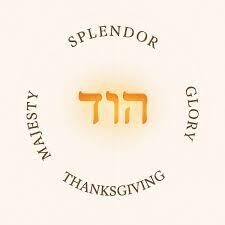
This web of correspondences also forms the backbone of pathworking—guided journeys along the 22 connecting paths of the Tree. Each path corresponds to a Tarot trump and a Hebrew letter, serving as an initiatory gateway into archetypal states of consciousness. To walk the paths is to train the imagination to move fluidly between the symbolic and the real.
Balance and Integration
The Tree of Life is structured around polarities: mercy and severity, form and force, masculine and feminine, spirit and matter. These are not conflicts to be resolved by choosing one side over the other but complementary energies to be integrated.
For example, the Sephirah Chesed (Mercy, expansion, Jupiter) balances Geburah (Severity, discipline, Mars). Too much Chesed leads to indulgence and chaos; too much Geburah brings cruelty and rigidity. Their harmony is found in Tiphareth, the sphere of beauty and balance, associated with the sun and the higher self.
In practice, this principle means that the Qabalist’s spiritual journey is not about denial or repression but about cultivating dynamic equilibrium. Rituals such as the Lesser Banishing Ritual of the Pentagram (LBRP) exemplify this: the magician banishes disharmony and invokes balance, creating a stable psychic field in which higher forces can operate.
Psychologically, Balance and Integration align with what Dion Fortune described as the healing function of Qabalah. By working through the Sephiroth, the aspirant learns to harmonize conflicting parts of the psyche, transforming neuroses into strengths and integrating shadow aspects into conscious awareness.
Practices in Hermetic Qabalah
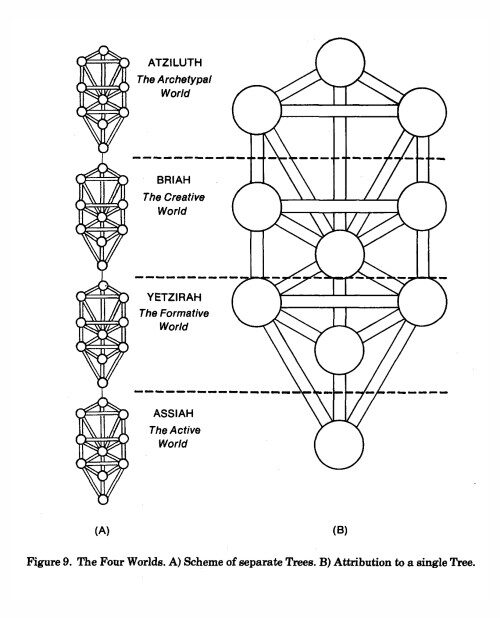
Hermetic Qabalah is not a purely intellectual pursuit. Its value lies in practice, using the Tree of Life as a living map of the psyche and cosmos. Students engage with it through a blend of meditation, ritual, study, and applied magic, each method deepening their relationship with the symbols and forces of the Qabalistic universe.
Meditation and Pathworking
At the heart of Qabalistic practice is pathworking—visualizing journeys along the Tree of Life. The practitioner imagines ascending or descending through the Sephiroth or traveling along the 22 connecting paths. Each journey engages the archetypal powers linked to that path: the Tarot trump, the Hebrew letter, the associated deity or angel. For example, walking the path of The Lovers between Binah and Tiphareth may trigger insights about union, polarity, or the integration of opposites. These meditations are not daydreams but structured inner experiences designed to catalyze transformation, often producing profound shifts in consciousness.
Ritual Magic
Hermetic Qabalah is inseparable from ritual. Foundational practices like the Lesser Banishing Ritual of the Pentagram (LBRP) establish psychic clarity, banishing chaotic forces and invoking balanced elemental energies. The Middle Pillar Ritual, developed within the Golden Dawn, channels divine light through the practitioner’s body, energizing the subtle centers aligned with the Sephiroth. Performed daily, these rites create a stable “magical aura” that protects, strengthens, and aligns the student with the higher self. Over time, these rituals refine the practitioner’s energy system, making them more capable of deeper magical and mystical work.
Contemplation and Study
Study in Qabalah is never dry scholarship—it is a devotional act. Immersing oneself in the correspondences of the Tree of Life builds what Dion Fortune called “symbolic fluency.” Tarot, astrology, alchemy, planetary magic, and mythological systems all find their place on the Tree. To contemplate Netzach is to meditate on Venus, Aphrodite, Hathor, the color green, the musical note F#, and the number seven—all pointing to the essence of love, beauty, and creative force. This symbolic web acts as a universal language of the soul, allowing practitioners to think and feel in archetypes rather than abstractions.
Practical Magic
Beyond inner work, Hermetic Qabalah offers concrete methods of effecting change. Rituals of invocation call down planetary or angelic energies; talismans are crafted with colors, symbols, and divine names aligned to specific Sephiroth; ceremonial rites can heal, protect, or manifest opportunities in accordance with higher will.
For instance, invoking Raphael through Tiphareth can bring balance and healing, while a talisman consecrated under Hod may sharpen intellect or aid communication. Practical magic, however, is always framed within the Qabalistic ethic of alignment with the True Will—avoiding superstition and selfishness in favor of conscious cooperation with the divine pattern.
Through these methods, Hermetic Qabalah becomes more than philosophy. It becomes a way of life, where meditation reshapes the inner world, ritual orders the subtle body, study unveils hidden connections, and magic empowers the will. The Tree of Life is not just studied—it is climbed, one Sephirah at a time.
What Can Practitioners Expect?
When practiced with patience and discipline, Hermetic Qabalah offers profound rewards:
- Self-Awareness & Integration: Greater emotional balance, shadow work, and psychological wholeness.
- Spiritual Maturation: A felt sense of divine unity and alignment with the higher self.
- Magical Competence: Heightened intuition, manifestation ability, and protective power.
- Holistic Wellbeing: Ritual and meditation foster resilience, clarity, and connectedness to the cosmos.
Summary Table: Hermetic Qabalah in Practice
| Principle / Practice | Core Concept | Expected Gain |
|---|---|---|
| Emanation (Tree of Life) | All reality stems from divine unity | Awareness of spiritual oneness |
| Correspondence | Everything interlinked, symbolic | Intuitive understanding of cosmos |
| Rituals (LBRP, Middle Pillar) | Cleansing, energy balancing | Psychic stability, protection |
| Meditation & Pathworking | Ascent of consciousness | Emotional control, spiritual growth |
| Magical Study & Practice | Harnessing occult forces | Manifestation, healing, mastery |
Final Thoughts
Hermetic Qabalah is less a belief system and more a map of experience. For seekers, it provides both a spiritual philosophy and a practical set of tools. Whether approached through the insights of Dion Fortune using her seminal book, The Mystical Qabalah, or the radical magick of Aleister Crowley, inside easier-to-follow-books like Magick Without Tears, the system invites practitioners to discover the divine spark within, align with their True Will, and participate consciously in the unfolding of the cosmos.
Modern writers like Mark Stavish also cover the Hermetic Tree of Life in detail, most notably in his classic, Between The Gates. Stavish in particular has some excellent guidance on working with the Tree of Life and its Sefirot within the context of astral projection and lucid dreaming. Stavish’s system is built around the idea of the student getting comfortable in different states of being and using the Tree of Life as a map to navigate their journey. For me, it is the greatest book ever written on astral projection, lucid dreaming, and how to develop one’s body of light and etheric energies.
